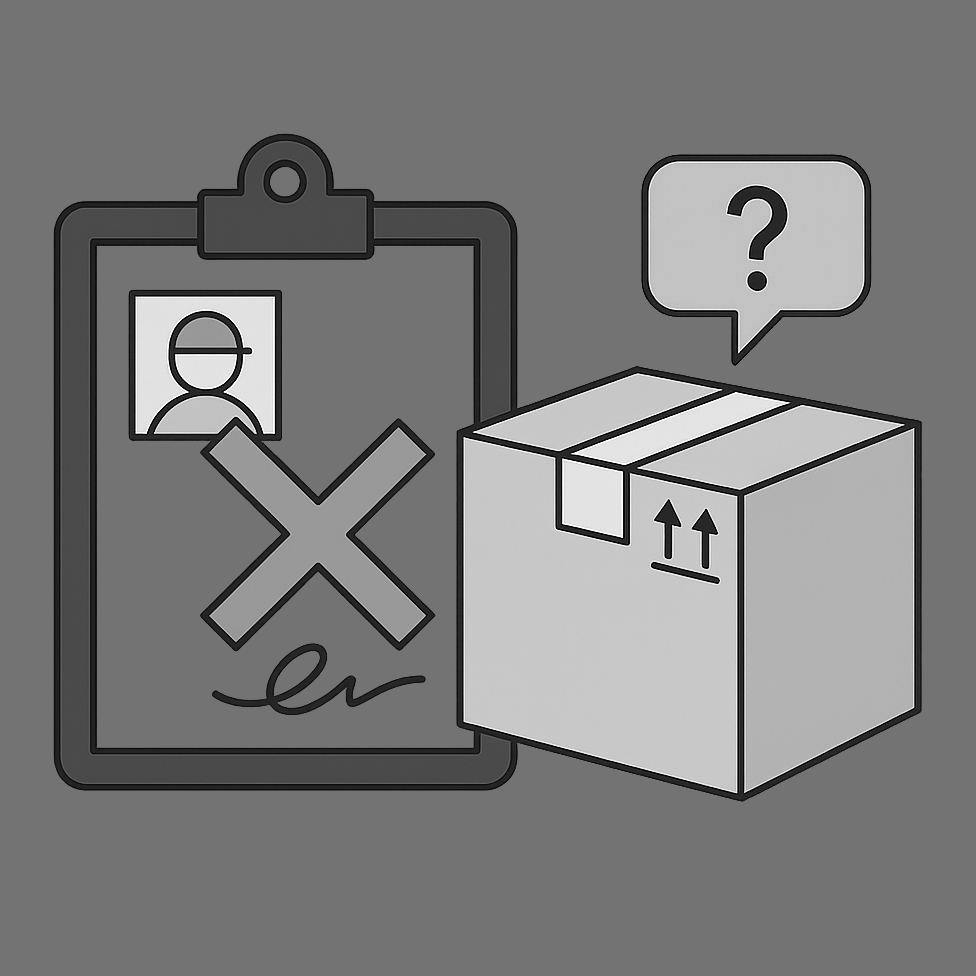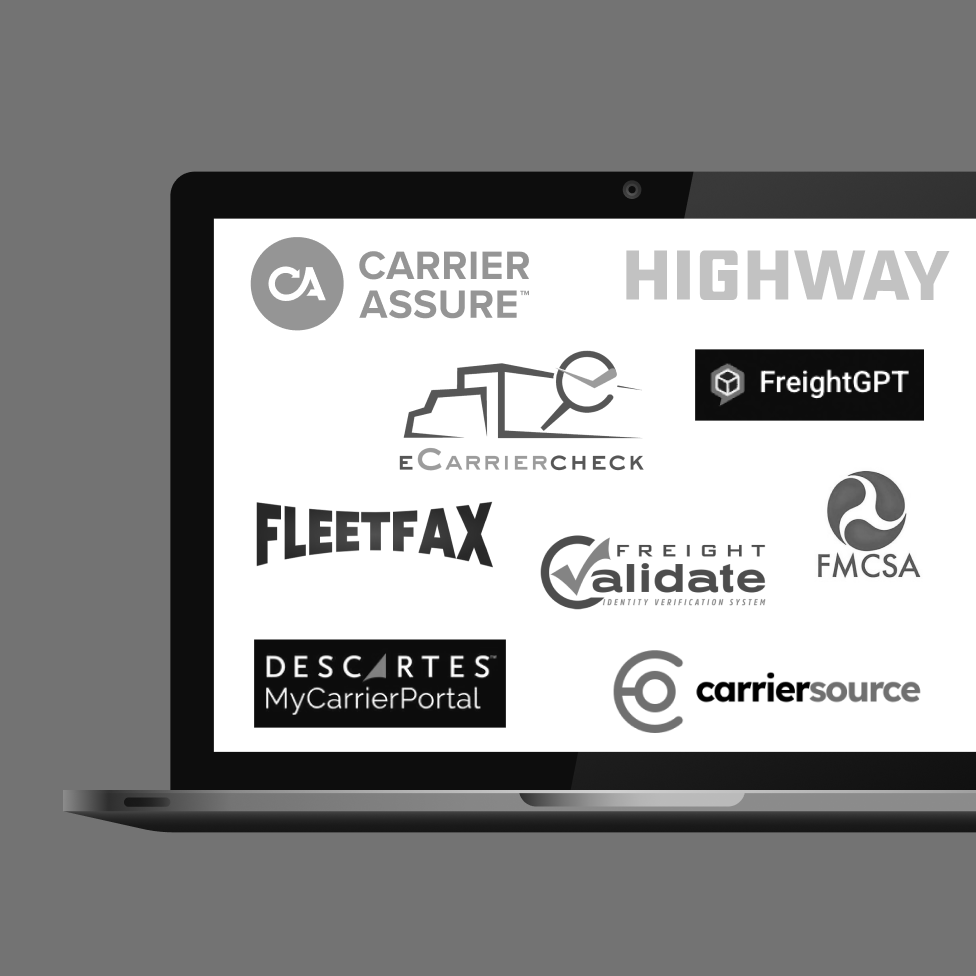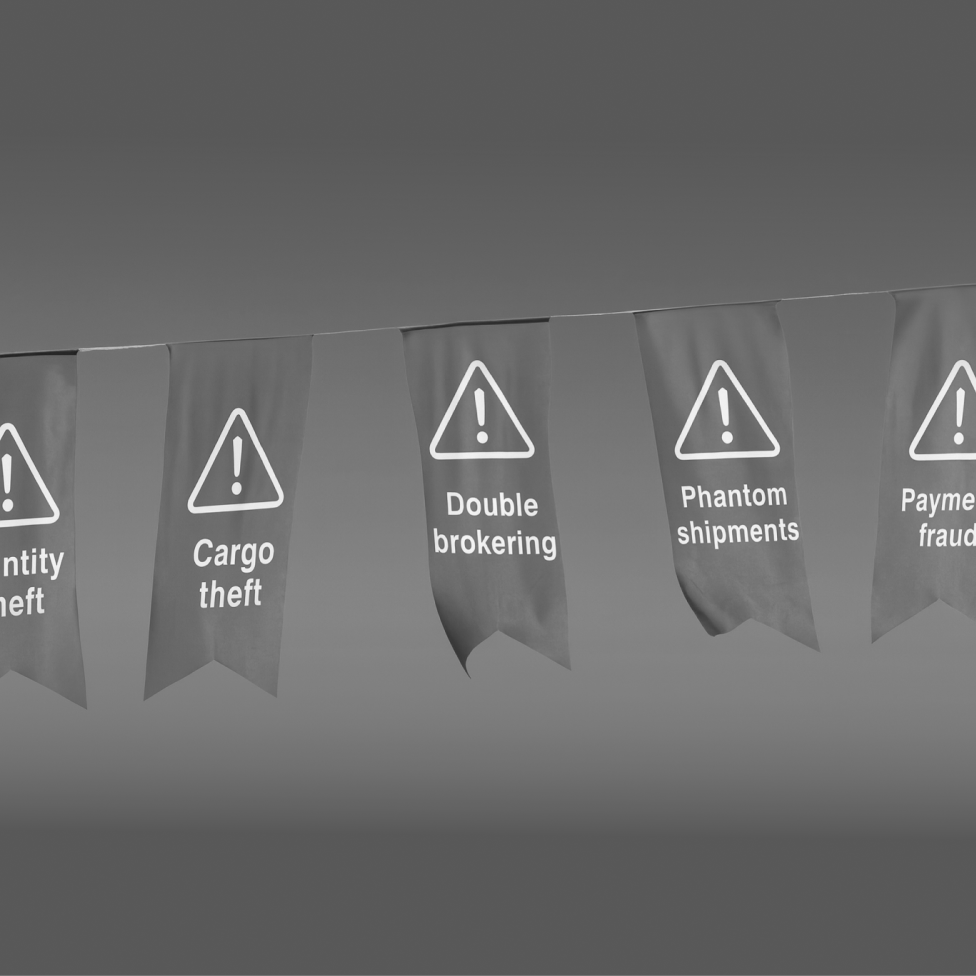Last quarter’s freight market trends are... confusing.

The Q3 Freight Market witnessed a combination of favorable and unfavorable trends, which even puzzled the industry analysts.
However, one thing is clear. The oversupplied market continues, and we still feel its consequences. So, let's take a closer look.
Consumer Confidence and Economic Resilience Juxtaposition
Consumers drive the economy, so their confidence and spending patterns are indicators for the freight market.

Consumer confidence declined for the past two months. Expectations for the next six months dropped below the recession threshold of 80, signaling less confidence about future business conditions, job availability, and incomes.
Consumers are generally concerned with rising prices, but for groceries and gasoline in particular. Price changes impacting consumers include:
- Food at 4.3% YoY increase
- Energy at 3.6% YoY decrease
- Gasoline prices were the largest contributor to inflation
- Shelter also contributed to the increase, which rose for the 40th consecutive month

Yet, despite these concerns, the broader economy remains surprisingly resilient. The American consumer is keeping the overall U.S. economy afloat for the time being with substantial spending on services such as concerts (i.e., the Eras Tour), travel, leisure, and various services.
Brokerages and fleets may consider expanding their business to include service-based industries, considering spending is still strong in this area.
Loose Capacity Remains Despite Stronger Demand
The good news: August demand was relatively strong compared to the previous seven months. Progress is progress.
The jump in demand from July to August is relatively standard historically, thanks to the drop in productivity post-Fourth of July. Hot dogs > loads.
Long haul demand drove most of the increase, suggesting shippers replenished inventories downstream. Inventory bloat that plagued the industry earlier this year is dwindling.
The bad news: August demand was still lower than August 2022. And the increase was not significant enough to tighten capacity in the market and positively impact rates.

The Rise in Diesel Prices: A Closer Look
The DOE/EIA reported that diesel prices, although down $0.243 from a year ago, have been upward since July.

This trend has implications for carrier operations, particularly those in the spot market, without protection against these price hikes. Higher fuel costs inevitably squeeze carrier margins, potentially influencing freight rates and carriers' decisions about which loads to accept.
Deciphering Ocean Volumes and the State of Imports
A key barometer for the freight sector is U.S. import demand. Ocean booking volumes are down over 35% since its peak on August 1st, indicating a significant slowdown in U.S. import demand.

While this shows a decrease in demand, ocean carriers are countering by using rejections to increase their utilization rates. This strategy may affect international freight rates and availability in the coming months.
Anticipating Q4: Key Trends and Their Implications for the Freight Market
Q3 presented a blend of challenges and opportunities for the freight sector. Consumer confidence saw a dip, yet the broader economy showcased surprising resilience.
August saw an uptick in demand, though not enough to tighten the saturated market. And the outlook for demand looks bleak, with the market leading indicator, ocean booking volumes, declining 35%.
The upcoming Q4 faces headwinds. Persistent inflation, massive debt, minimal savings rates, and student loans could keep us anchored at the bottom of the market going into 2024.
It's crucial to remember that the freight market is inherently cyclical. We've weathered market lows before. Now is the time to deepen carrier relationships, address operational gaps, and ramp up prospecting efforts. Brokerages that strategize and endure the upcoming quarter will come out stronger in 2024 and beyond.

Denim’s automated solutions streamline your back-office operations. Explore our solutions to see how Denim can help your business scale efficiently.
There's a better way


.jpeg)




